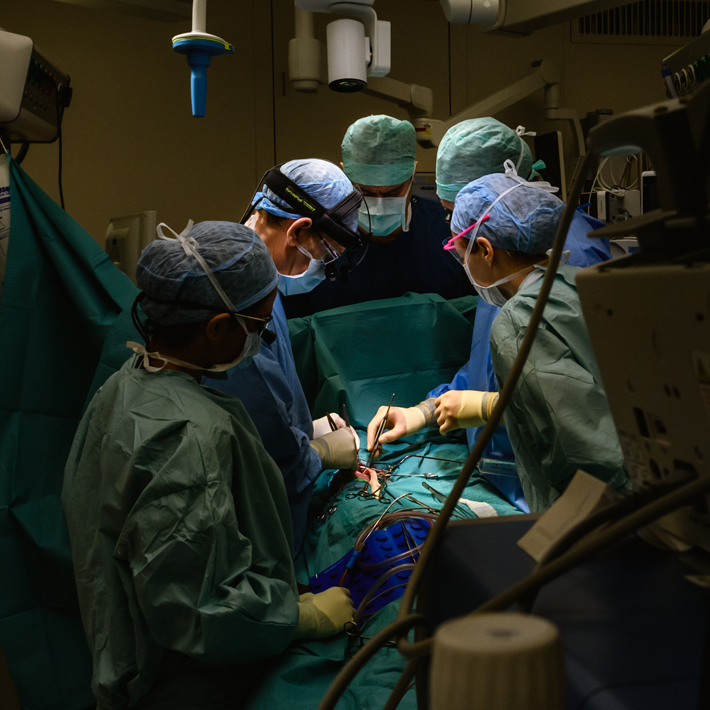CAHAL endorses NZa outcomes impact analysis which pushes the concentration of paediatric cardiac interventions further
Photo: Sandra Stokmans
&width=710&height=710)
So says CAHAL, the partnership of LUMC and Amsterdam UMC, in an initial response to the NZa analysis published today on the concentration of interventional care for patients with a congenital heart defect. CAHAL endorses the respective outcomes and believes they should be the integral starting point for further discussions and transparent decision-making on this matter by Minister Kuipers of Health, Welfare and Sport. In this way, we can continue to work together on quality care, top education and ground-breaking research in the service of our patients.
First objective research: careful, complete and concrete
Earlier this year, partly at the request of the House of Representatives, Minister Kuipers commissioned the NZa to carry out an analysis. The NZa report is the first objective study in this dossier to analyse the entire care chain (from foetus to adults) regarding concentration impact on the accessibility, further development and quality of the acute (paediatric) care chain. CAHAL highly appreciates the NZa impact analysis on ‘concentration of cardiac interventions in patients with a congenital heart defect', the transparent process and the objective and testable criteria used. CAHAL also identifies the outcomes as being careful, complete and concrete.
Integral vision is necessary
CAHAL supports the NZa's advice to not take an immediate irreversible and isolated merger decision, but to first work together on an integral vision concerning the design of the academic healthcare landscape for children. This is crucial to achieve logical, careful proposals for the concentration of interventional care for patients with congenital heart defects, provided the consideration is made on the basis of transparent and testable (quality) criteria. Whether concentration can contribute to better care is not a point of discussion, but will always have to be placed within a broader context. Implementing the NZa's advice will prevent the loss of carefully built-up (scientific) knowledge, capacity and internationally renowned care offered in the interest of vulnerable patients. This is apart from the disproportionate impact of concentration to two centres on the already very limited availability of paediatric ICU beds for all acutely seriously ill children in the Netherlands.
Why we believe in cooperation
For LUMC and Amsterdam UMC, cooperation is the key to success. For more than 25 years, we have demonstrated this in practice with CAHAL. This collaboration between the two UMC's has ensured results we could never have achieved as separate centres. The result of this synergy is the broad and accessible offer we realise together (life-course care from foetus to adult), ground-breaking innovations, a scientific track record, an educational programme and international recognition. With this, we have been shaping and giving substance to concentration of care in the interests of vulnerable patients together since 1995. Because we are better united than alone.
Let's work together on solutions
Together, we therefore make an open appeal to all Dutch UMCs: let's continue to build on an integral vision of academic paediatric cardiac care and, from there, arrive at a logical division of roles (which care can be spread and which care should be concentrated). An appropriate division of roles and respect for everyone's (specific) expertise must be taken into account. If we join forces, we can preserve high-quality cardiac care in the Netherlands and further develop it in an efficient and sustainable way. As far as CAHAL is concerned, the cluster model North (with Amsterdam, Groningen and Leiden) and South (with Rotterdam, Utrecht, Nijmegen and Maastricht) suggested by the NZa is a good first step, which we are going to work on. This also presents as an applicable solution to guarantee academic-level accessibility and quality for other conditions. From our experience with CAHAL – in which specialists from various centres work closely together and where we exchange operators and care staff - we support this approach. Therefore, we call on all UMC’s to work together constructively on solutions, for the sake of our patients.